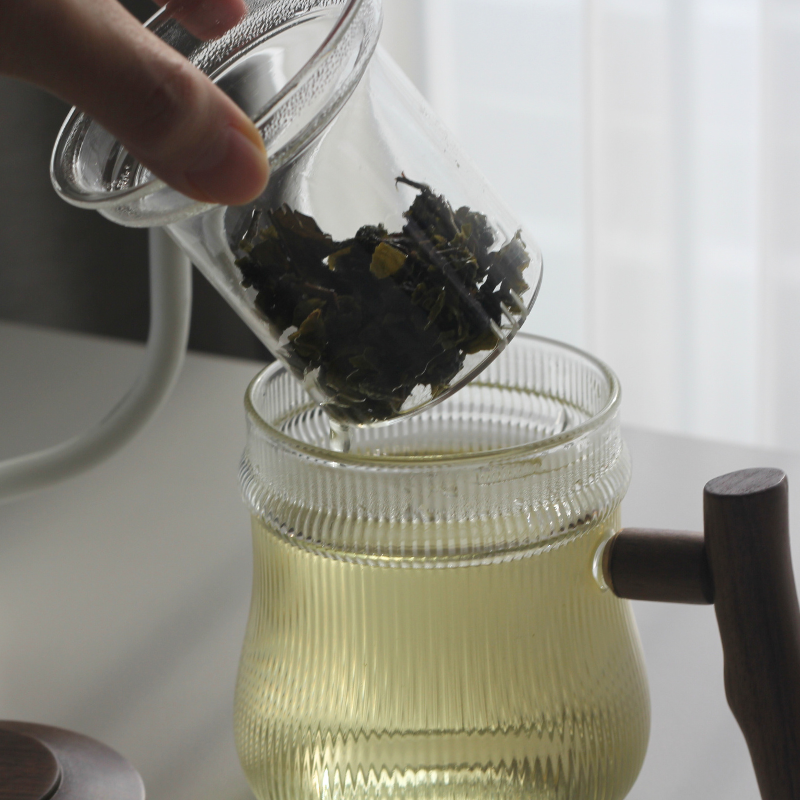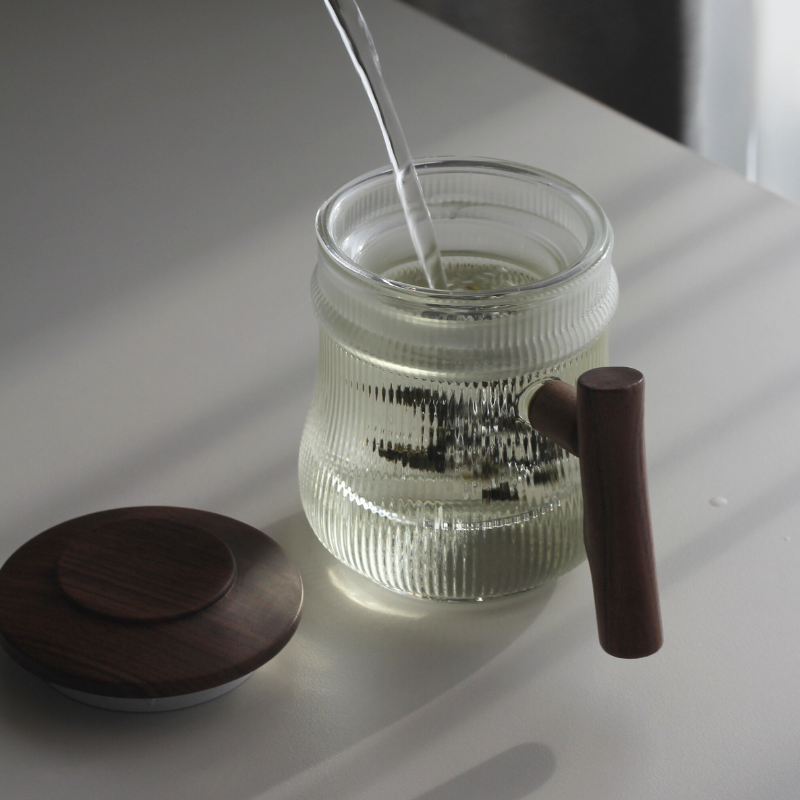TEA JOURNEY [17] | Oxidation or fermentation?
Freshly picked tea leaves become anything on the rainbow 🌈
Green, black, white, yellow, red, and blue to be exact!
In the world of tea, we call these different colored teas fermented tea. However, strictly speaking, these "fermented teas" are not fermented but are oxidized.
The basics
Oxidation is a natural phenomenon. All plants that have been broken off from its main stem start oxidizing. Fallen leaves turning color is an example of oxidation.
The level of oxidation during the tea-making process determines the color and flavor of the tea.
How does it work?
Tea leaves contain oxidizing enzymes. When the cellular structure of tea leaves is naturally damaged from "rolling" or unintentionally disturbed, enzymes are released and oxidation occurs.
The enzymes react with oxygen in the air (hence the name!), transforming the polyphenols present in tea leaves. Catechins are converted into two different molecular groups that contribute to the color of tea: thearubigins and theaflavins.
Black Tea - fully oxidized tea leaves
Oolong Tea - partially oxidized tea leaves. Depending on the varietal or the type of oolong to be achieved, the oxidization level varies from 10%, 30% to even 70%.
Green Tea - no oxidation. Tea makers carefully takes care of the leaves.
How about fermentation?
Dark tea - or black tea in Chinese - is a fermented tea. The fermentation is intricately tended by masters. Pu'er tea is the prime example of fermented tea. The older the tea gets the better the quality.






![TEA JOURNEY [13] | Tea Tasting Terminology](http://tingeofsoul.com/cdn/shop/articles/IMG_3072.jpg?v=1686898175&width=1080)
Leave a comment